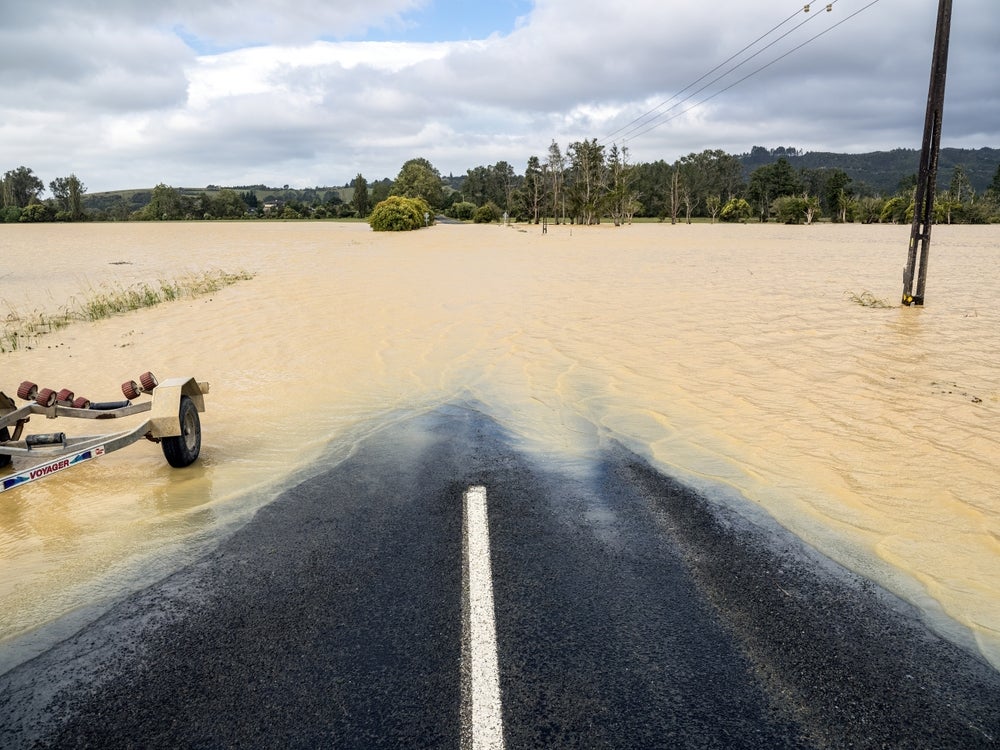Instead of reducing oil demand, the EU has replaced Russian imports with oil from other producing nations, and its oil consumption is 2% higher than it was at the start of Russia’s invasion of Ukraine, finds a new report by the Brussels-based NGO Transport & Environment (T&E).
"In [less] than a year, the EU has redrawn the oil map," said Agathe Bounfour, oil programme lead at T&E, in a press statement. "The continent has reduced its reliance on Russia, but instead of cutting oil consumption, it is simply swapping barrel for barrel with new suppliers. If it put the same effort into reducing demand as it has for finding new suppliers, Europe could significantly reduce its dependence on oil altogether."
The July report highlights that Europe has diversified its sources of oil imports, turning to traditional partners like the US and Saudi Arabia and new suppliers such as Brazil and Angola. In January 2022, Russia accounted for 31% of extra-EU oil imports. However, by March 2023, this figure had fallen to 3% due to sanctions.
Nevertheless, some of the EU's new imports may actually trace back to Russia after all. Increased Russian oil imports into some African nations coincide with an uptick in their refined-product exports, including to Europe, reported analytics company Kpler earlier this year.
Similar activity has been reported in China and India, whose refined oil product exports to the EU have grown by 70% and 13%, respectively, over the past year, according to T&E. Creating a backdoor for Russian oil runs counter to the EU's sanctions, says the NGO, which warns this is how billions of euros from the EU have funded Russia's war on Ukraine.
By the end of 2022, the US had emerged as the EU's primary oil exporter, capturing an 11% share of EU imports. Angola's monthly exports to the EU grew sixfold between 2021 and 2022, or by almost six million barrels, with the surge starting around February 2022 at the beginning of the Russia-Ukraine war.
Despite scientific consensus that new oil and gas projects are incompatible with the Paris Agreement’s 1.5°C climate target, the report notes that new oil projects are still being planned around the world, including in countries that supply the EU.
T&E identified 200 existing or planned projects it calls "oil and gas climate bombs". These will emit more than one gigatonne of CO₂ during their lifetimes; 18 of them are set to supply Europe with oil until at least 2030.
The analysis shows high EU oil demand is driven primarily by the bloc's transport sector. Last month, oil giant Shell announced that it would drop targets to cut oil production as it aims for higher profits.
T&E modelling suggests the EU could reduce its oil demand by a third via measures such as speeding up the electrification of road transport, implementing speed limits and reducing air traffic.
"Households have been told to lower their thermostats while the European Commission is advertising gas sobriety," said Bounfour. "The EU has a plan to cut gas consumption up to 2024. No such plans are in place for oil. With a combination of demand reduction and increased efficiency, Europe can slash its oil consumption by a third."














